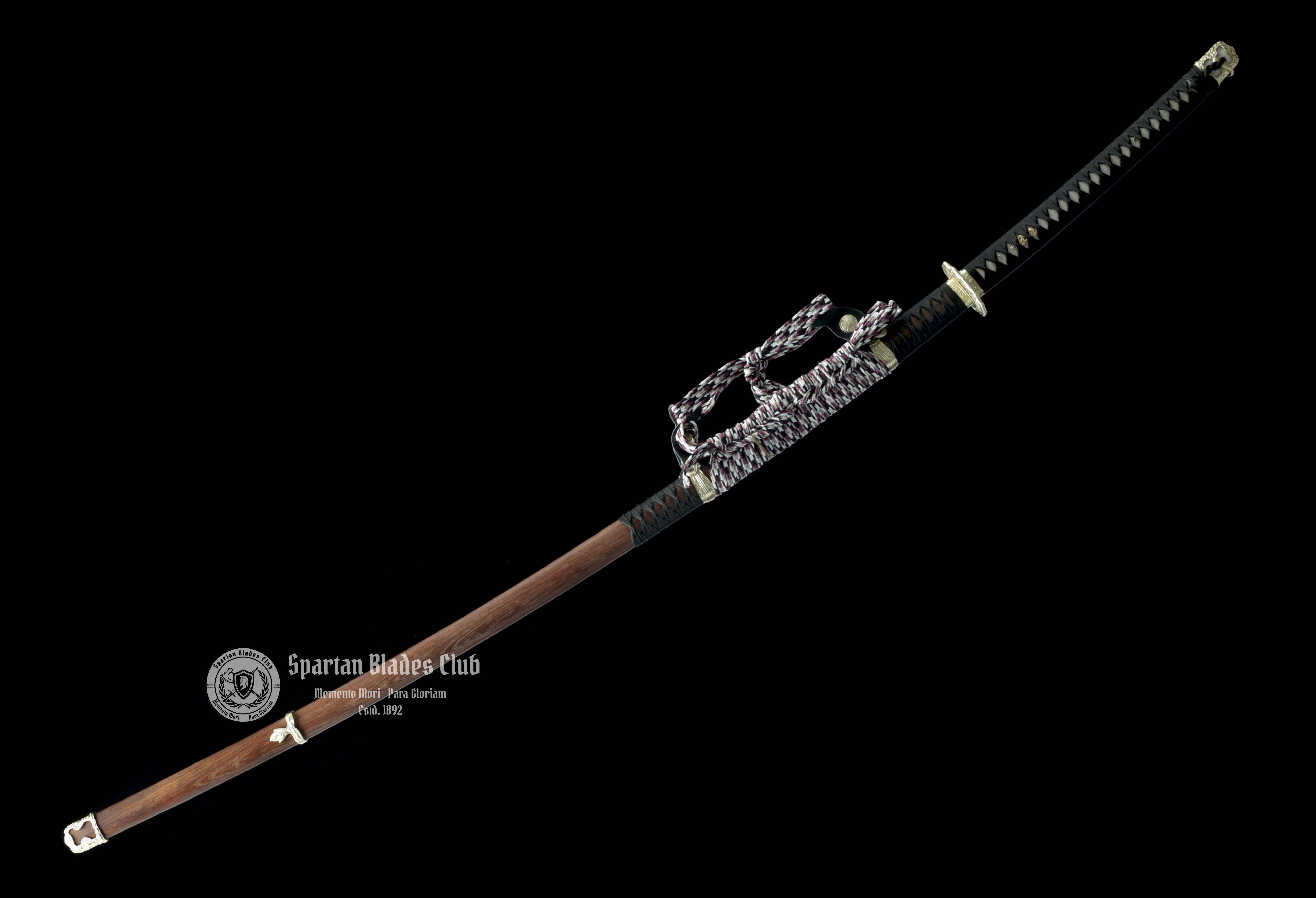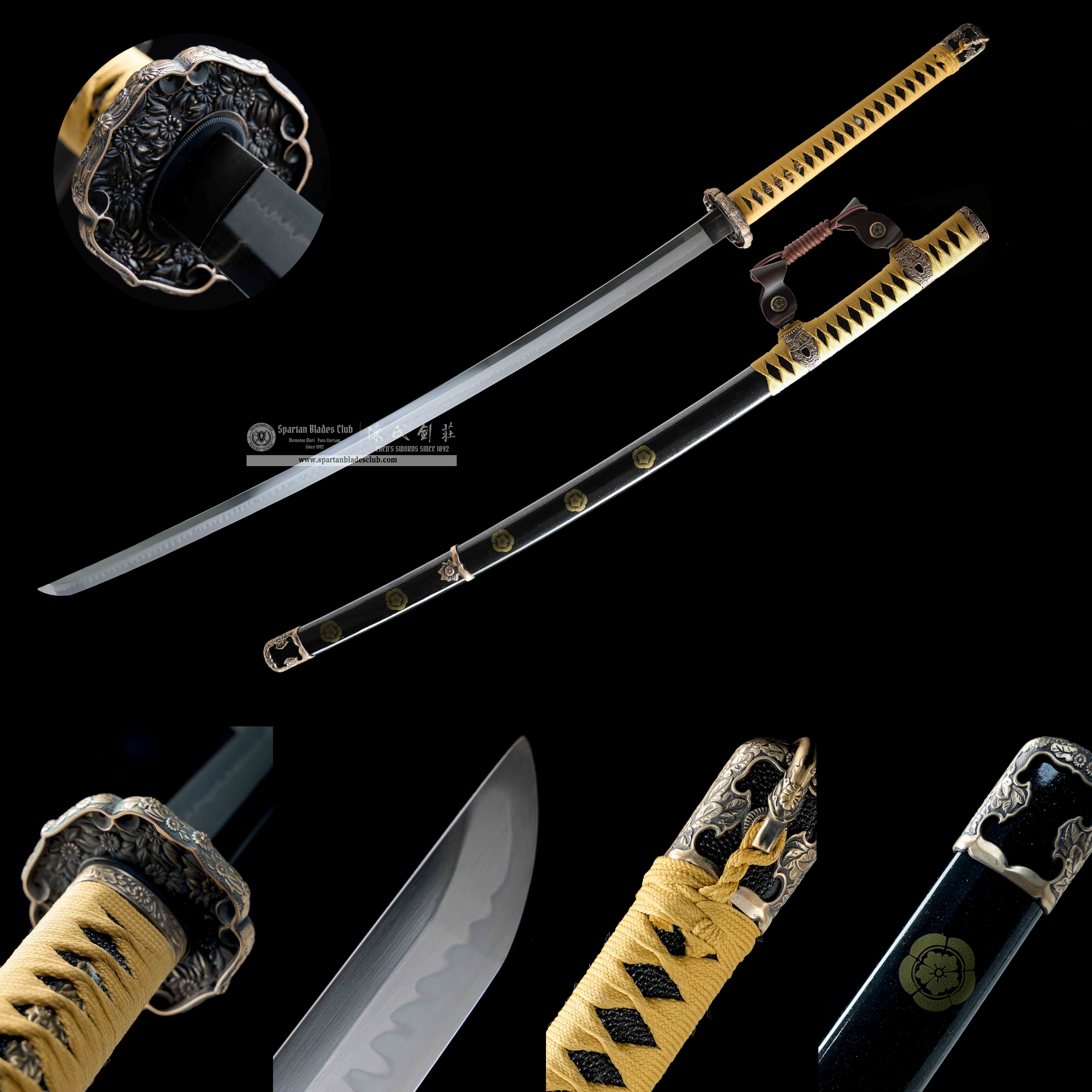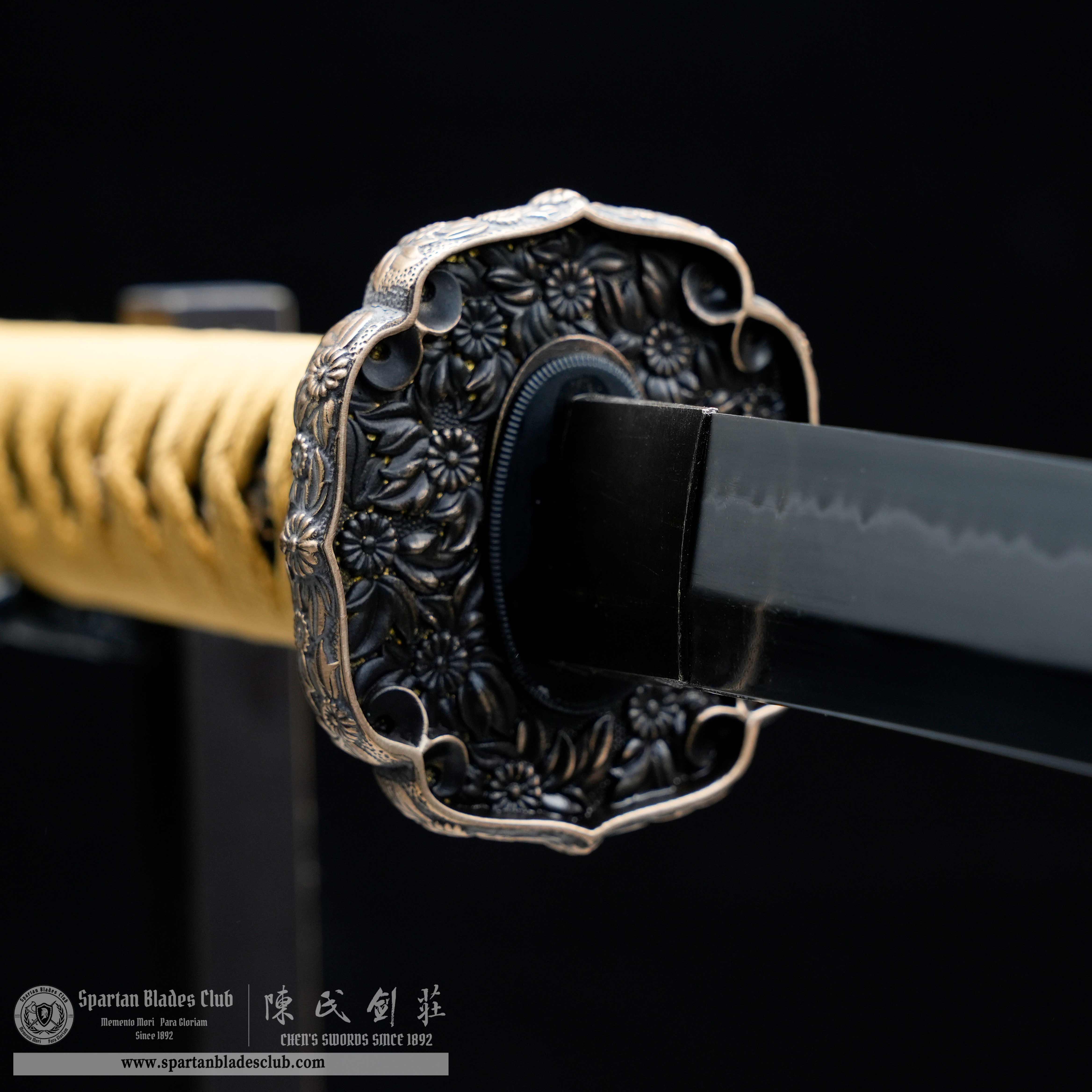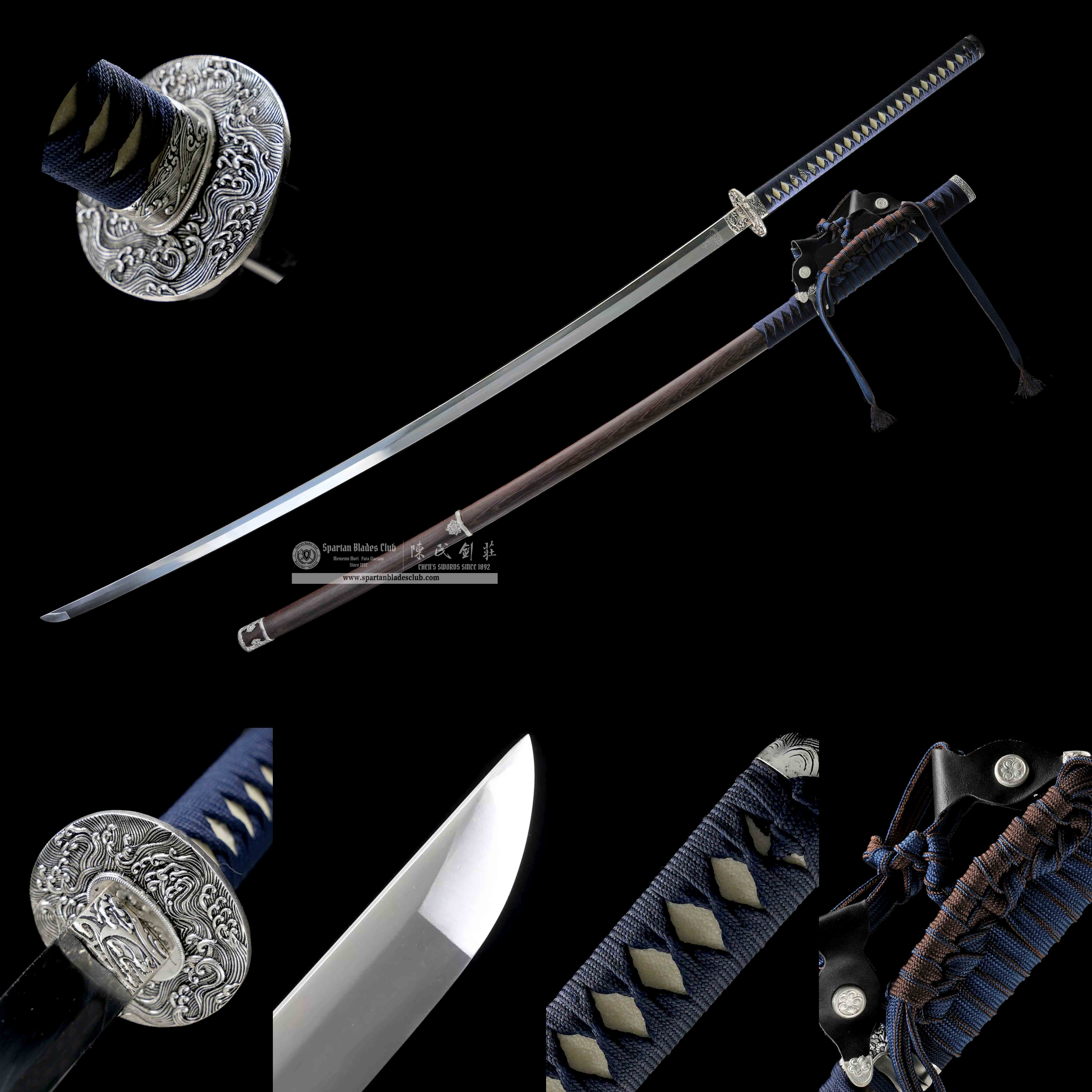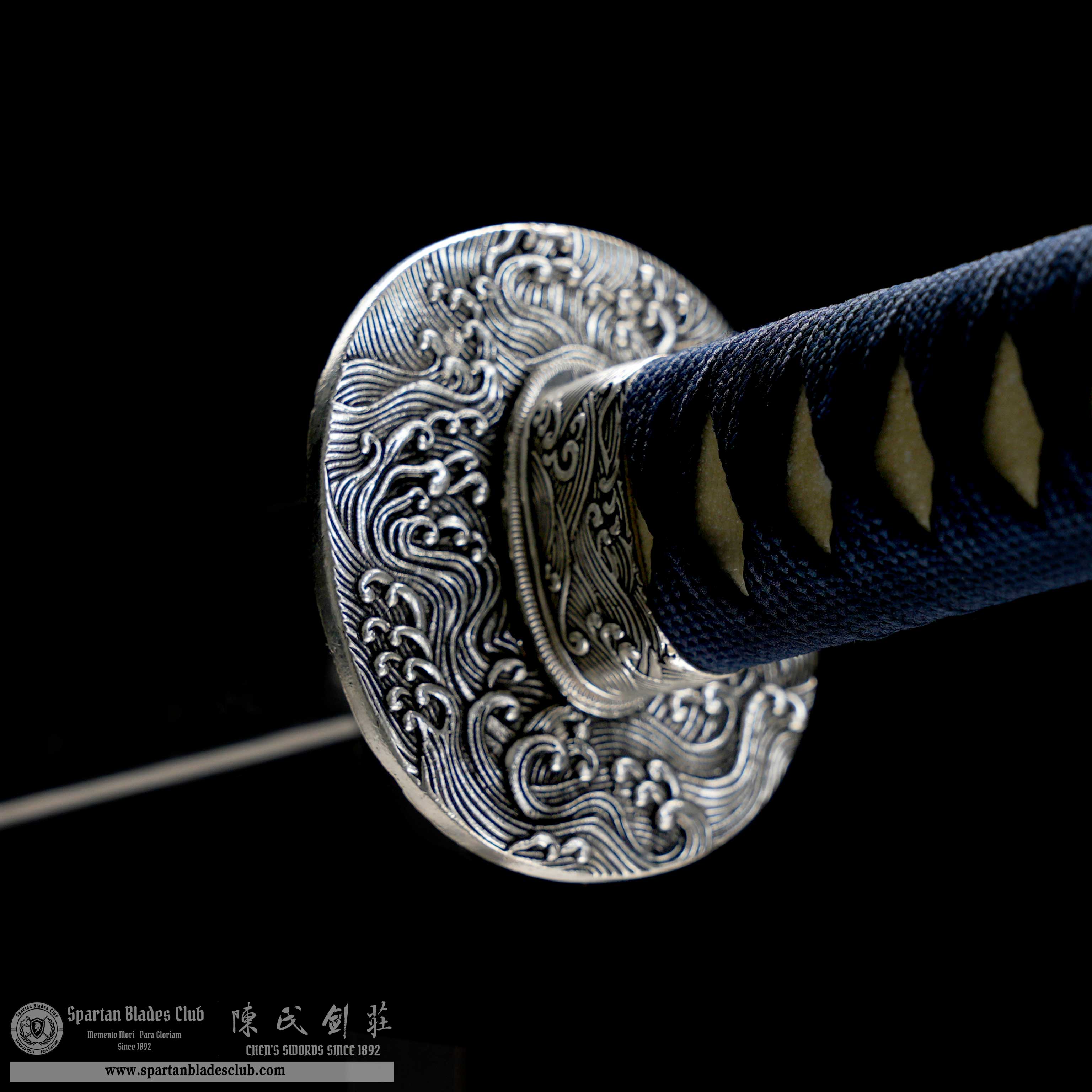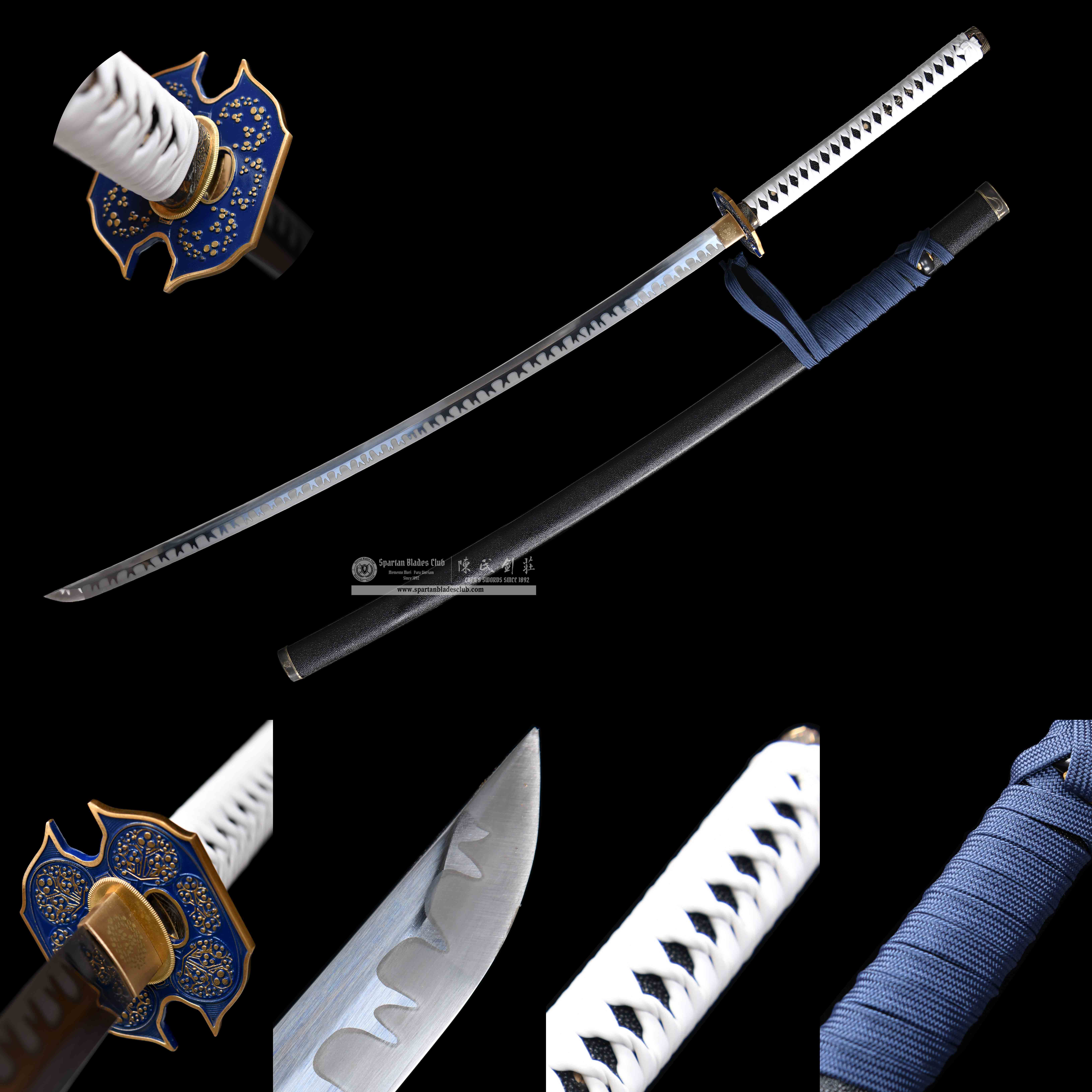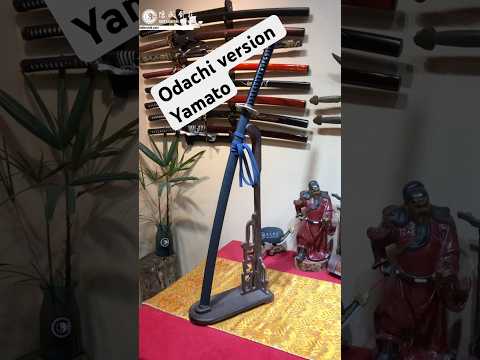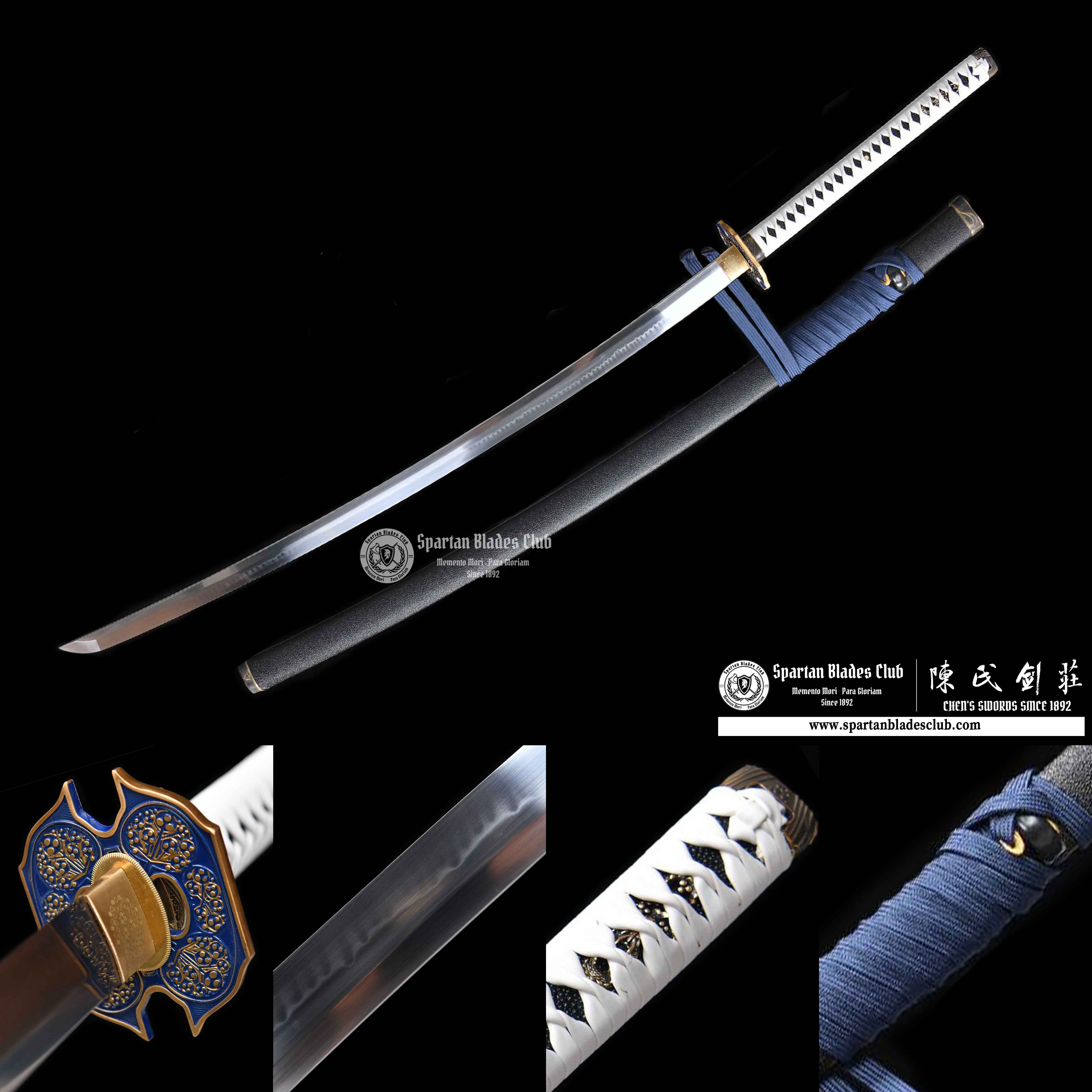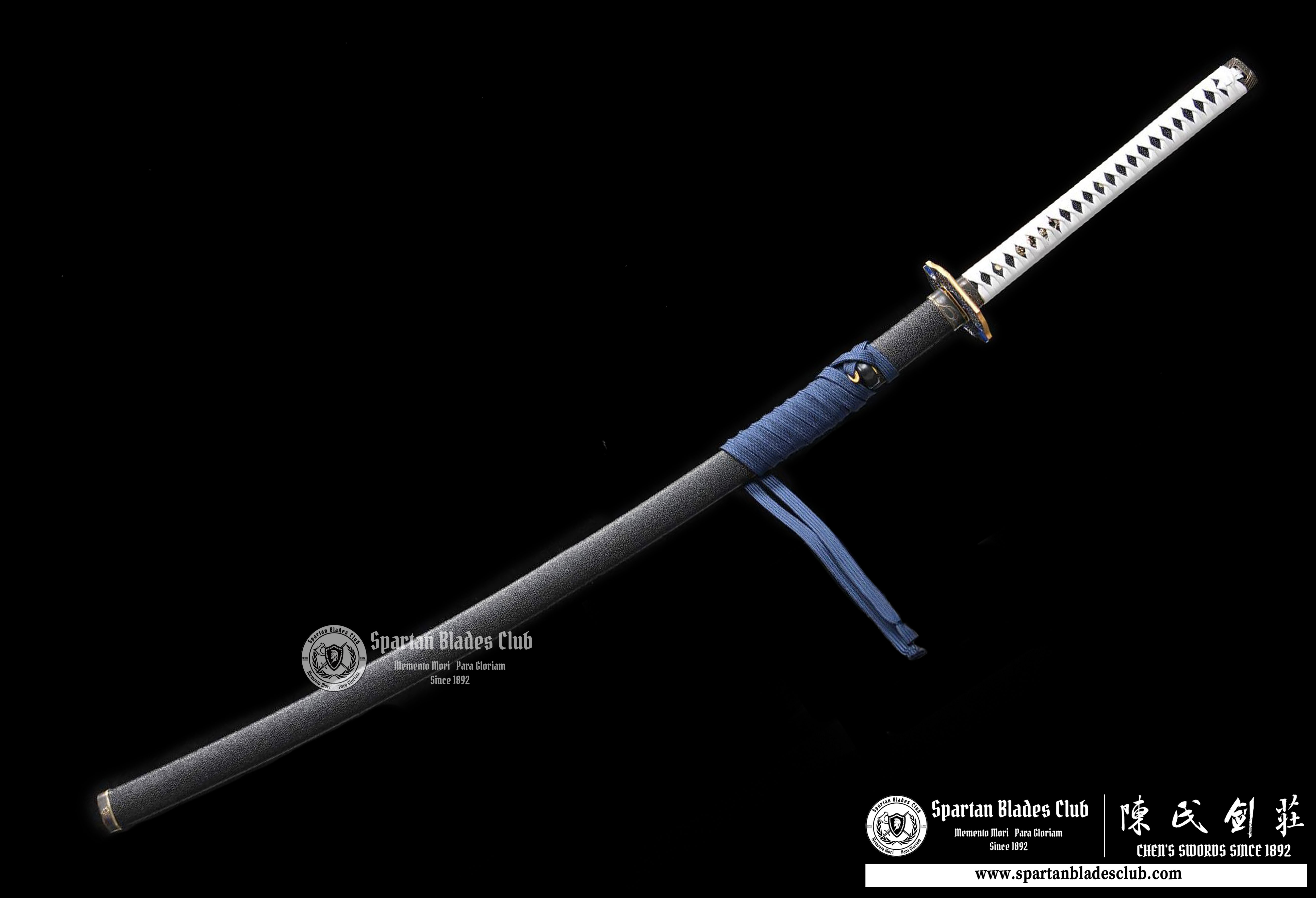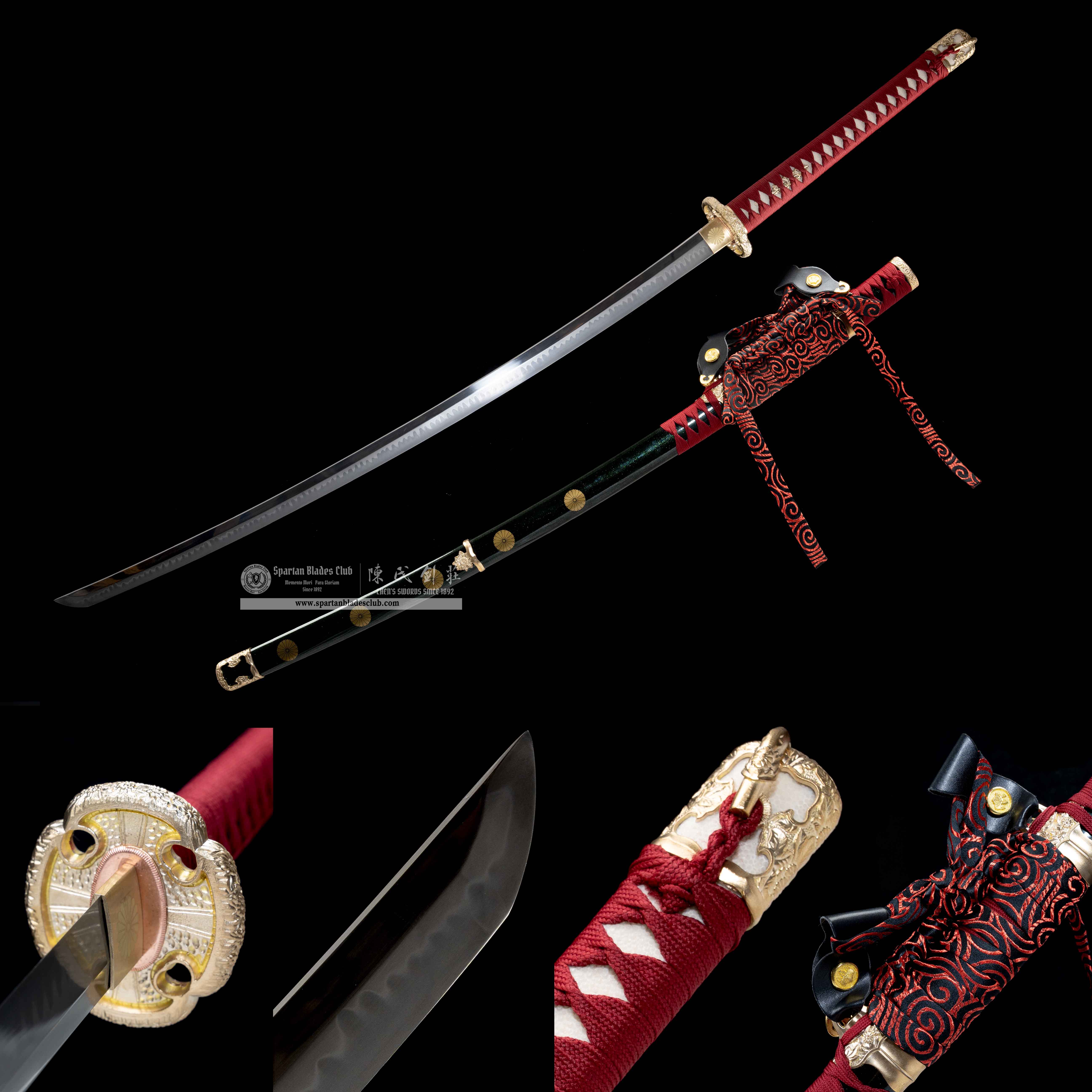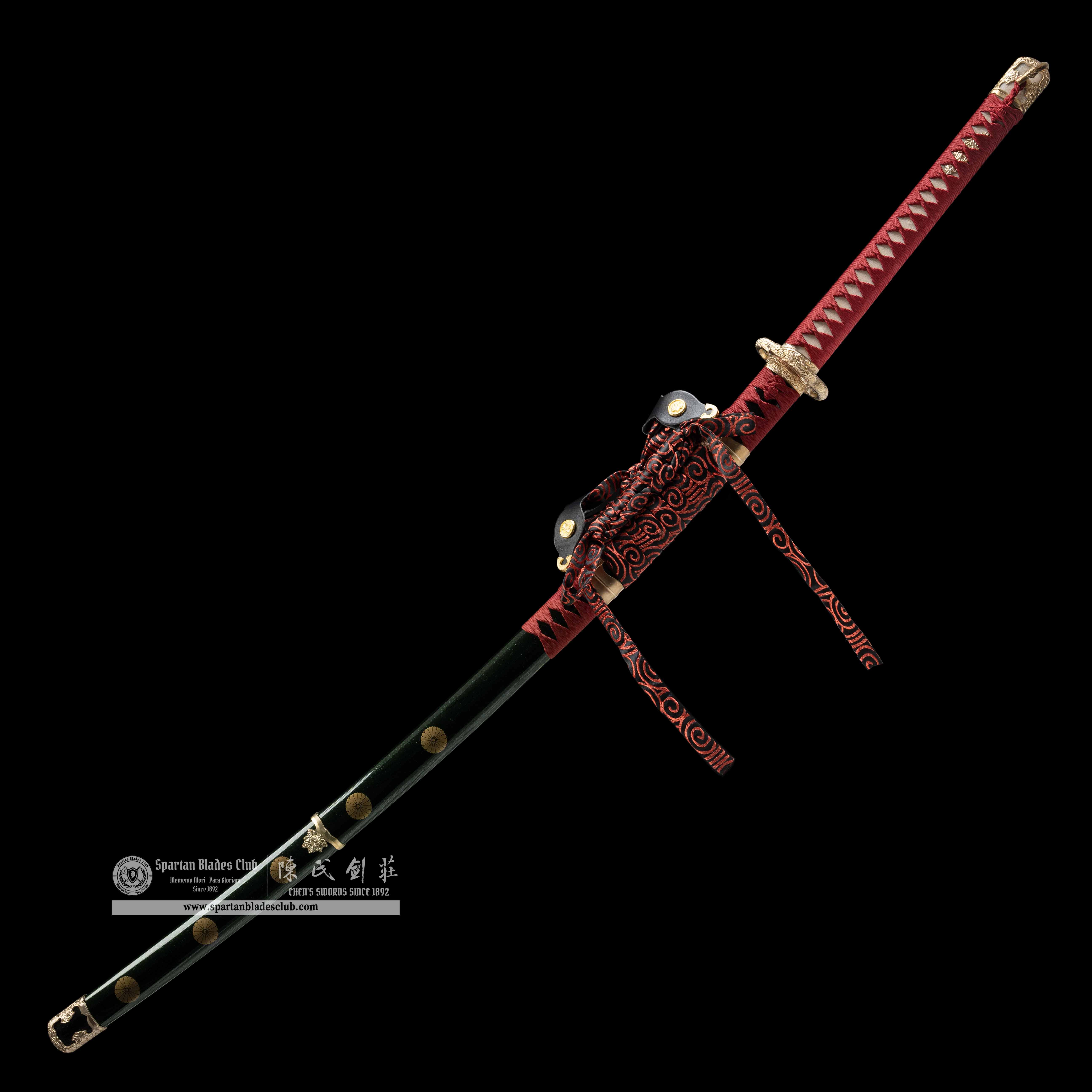Nodachi (野太刀) is a type of traditional Japanese longsword, meaning "field sword" or "battlefield sword." Compared to regular samurai swords, the Nodachi features a longer blade and handle, with the blade typically exceeding 90 centimeters in length, and some even surpassing 120 centimeters.
Characteristics
- Length: The blade of a Nodachi is significantly longer than that of standard samurai swords such as the tachi or katana. This increased length provides greater reach in combat, making it suitable for countering cavalry and long weapons.
- Curvature: Nodachi usually have a pronounced curvature, enhancing their cutting effectiveness, especially in mounted combat.
- Weight: Due to its length, the Nodachi is relatively heavy, requiring the user to have substantial strength and skilled technique to wield effectively.
- Carrying Method: Unlike standard samurai swords, the Nodachi is typically carried on the back or by an attendant because its length makes traditional waist carry impractical.
History and Use
Nodachi were primarily used on the battlefield, particularly effective against cavalry due to their extended reach. They were more common during the Heian period (794-1185) and the Kamakura period (1185-1333), but gradually fell out of favor during the Muromachi period (1336-1573) and the Sengoku period (1467-1603) as shorter, more maneuverable swords became preferred for combat.
Although the practical use of Nodachi in warfare declined, it remains significant in Japanese culture and the Bushido spirit. In modern times, Nodachi are often used in martial arts training and traditional ceremonies, showcasing the craftsmanship and swordsmanship of ancient Japan.
In summary, the Nodachi is a weapon that embodies the essence of Japanese sword-making, holding historical and cultural importance.


 USD
USD
















